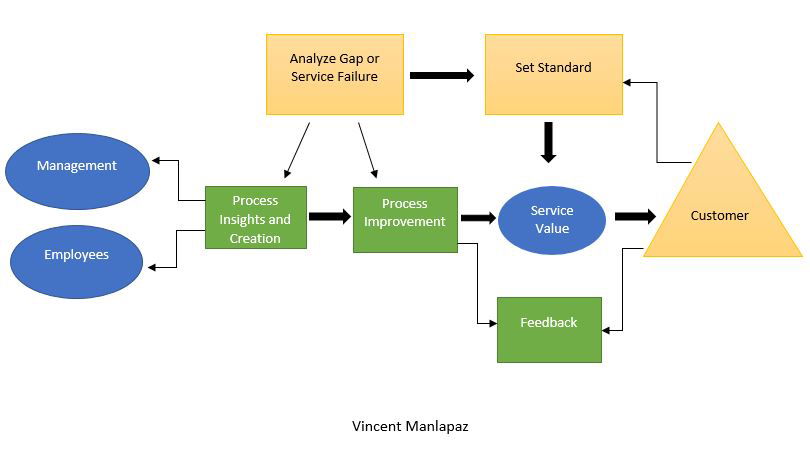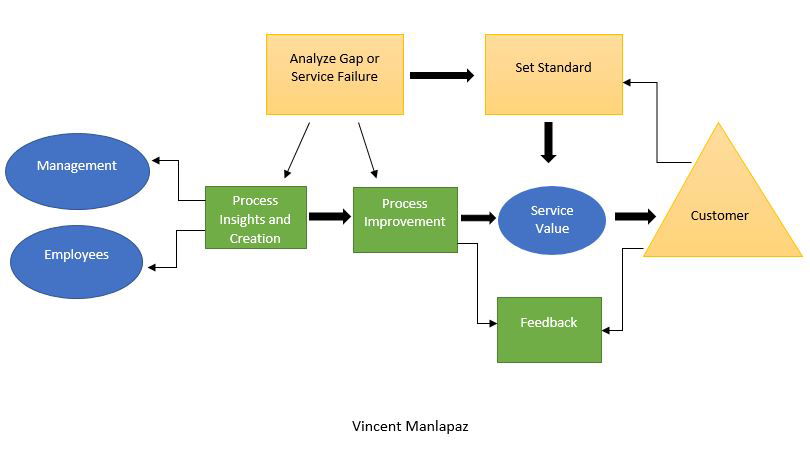How to build a customer success (CS) brand that customers want to engage and support? Here are some steps to do so.


When we think of a brand, we think of what the company does and how they relate its efforts to achieving its goal. In other words, a brand is something we promote and glorify with a desire to connect, guide, or improve awareness of how we can help customers.
There are many varying definitions of brand, but all seemed related to sets of programs and activities. Those are linked to product name, logo, design, marketing intelligence, and reach that combines all of these variables.
If a brand is about perception, can we also say that a role or function within the organization is an adjunct value of a brand, such as a customer service, sales, customer success, marketing, or engineering? Also, it is not just about what the product entails or stipulates, but the service value this function provides?
We need to understand what makes a brand a brand? What is their underlying principle or purpose?
If I can draw it on a simple principle, a brand aims to achieve what it promises to deliver when customers utilize its service or product value. Hence, the two primary touchpoints that create or form a brand value are people and products. In other words, the success of a brand value is determined or ascertained by customers! Not what we proclaim or promote.
Since brands involved or consisted of different elements, it only suggests that a brand demonstrates or proves its excellence or service value through commitment (delivering the promised value of the solution) and experience (feeling, emotion, perception after the service it provides).
Now, here's the flipside.
What if the customers are the team we refer to as CS (customer success)? How are we going to build this team differently? How are we going to ensure they will carry the torch.
Can we say, let's just empower them through feedback sharing and provide robust product demonstration or documentation? Since customers are in control and command, how can we reinforce this power? As we know, this power comes from brand empowerment. How can we ensure that we strengthen this dynamism to improve our brand efforts or initiatives?
Where do we start? How do we get alignment with their vision to achieve their success? Is it enough to understand or know their challenges, needs, or pain points? What about their success metrics and long-term goals? How can we achieve this?
Building a CS brand within a customer purview, sentiments, and outlooks
Building a successful brand means not only changing customer perceptions but strengthening the importance of brand collaboration. It is the ability to stay focused and make them feel that they are the brand they serve.
If leadership does not appreciate the importance of it, the business will operate in siloes. Yes, it pays to build a great product, but it is more important to make customers part of the brand they support.
To ensure they are part of this community or group, here are a few of the necessary steps and areas that every business should consider when aligning or building their engagement within the customer interest, position, or purview.
First, stop recognizing CS (replace it as customers) as a function. Instead, consider it as a service or brand value itself. Or what they represent, not what they do.
Why? Because customers do not want to be part of a team. They want to be a force that drives the team forward. As a service or brand value, its primary goal is not just to ensure a successful use and adoption of technology or product.
They need to become a strategic partner. As strategic partners, CS must support product strategy and roadmaps. This means helping businesses be more strategic when interacting with customers. It also includes the best ways to create an overall level of satisfaction and become a meaningful service provider.
Second, pivot businesses to a new standard for engagement. The challenge with the traditional concept of engagement is that we label people based on their roles and responsibilities - aka, personas.
How should we view our relationship with customers? Is it from the business lens or the customer lens? Make sure our focus is in the right place. We need to improve the process with this approach (ICP). The philosophy behind this process is we want to understand the kind of customers we serve and pursue. But CS has more data sets than ever before.
Customers are real people. Hence, we need to encourage them to engage based on the relationship they have to form, not on how to interact or work with customers based on their titles or roles. It is time for us to treat customers as people, not just the abstract characters we make up and creates. Or what suits our brand perspectives.
Third, cultivate a sense of belonging and what inhibits it. When we celebrate and value our differences and the similarities, we thrive and succeed as an organization.
We move toward belonging when learning, adapting, connecting, and building relationships by creating mutual spaces, groups, shared interests, and best practices and jointly designing how they work and help everyone (customers, partners, associates, leaders, employees) thrive and succeed.
Customers today no longer favor the brand based on their brand followers. But how they put their mission or purpose above them to change or grow with them. That mission is making them feel good about their decision or indecision.
Hence, every decision business makes or does customers are part of it -- how they define their business goals, processes, change of pricing, or product innovations. It is a legacy impacting them, not just the business itself.
I like the thought or idea behind the Intuit brand. Their purpose is to eliminate the US and put a value on WE -- emphasizing the sense of belonging. See the brand name INTUIT (between the two Ts are U & I). The focus is YOU and ME, the customers.
Also, when you look at a dictionary, the definition stands for what they represent. Intuit means:
- to know or understand (something) because of what you feel or sense rather than because of evidence
- to know or understand (something) through intuition.
Last, drive empathy, not sympathy. Researcher and Founder Brené Brown differentiates the two. For her, "Empathy fuels connections while sympathy drives disconnection." We must first understand the difference between these two human characteristics and know when to apply and use them properly.
To put it in a different light, CS brand fuels connection while outstanding experience eliminates brand disconnection. In other words, by understanding customers' uniqueness or personalities, we can create the right connections and make their experiences right.
To elevate the CS brand and gravitate towards something requires a different way of thinking, collaboration, goal sharing, and brand transformation.
As the Intuit brand teaches us, we can take this journey by moving away from tribalism (us and them) to unity (we). We can begin the successful brand transformation by placing customers as part of the brand focus and experience if the customer is also successful when they:
- Represent a service or a brand, not just an imaginary person.
- Pivot businesses to a new standard for engagement.
- Cultivate a sense of belonging and what inhibits it.
- Drive empathy, not sympathy
Since we expect to see customers as part of our business ecosystem, what should customers value most about the customer success brand? Is it about its effectiveness, efficiency, or relevance? Or, if you could improve or elevate CS towards something, what would you change it with and why?
